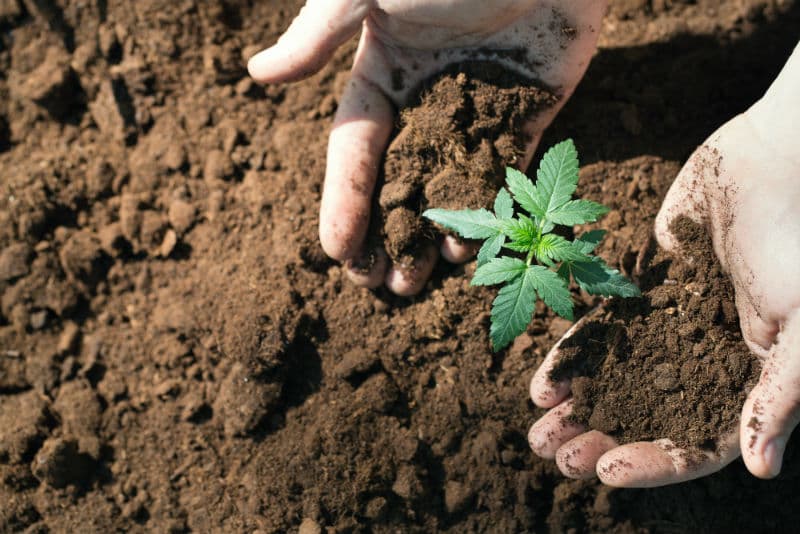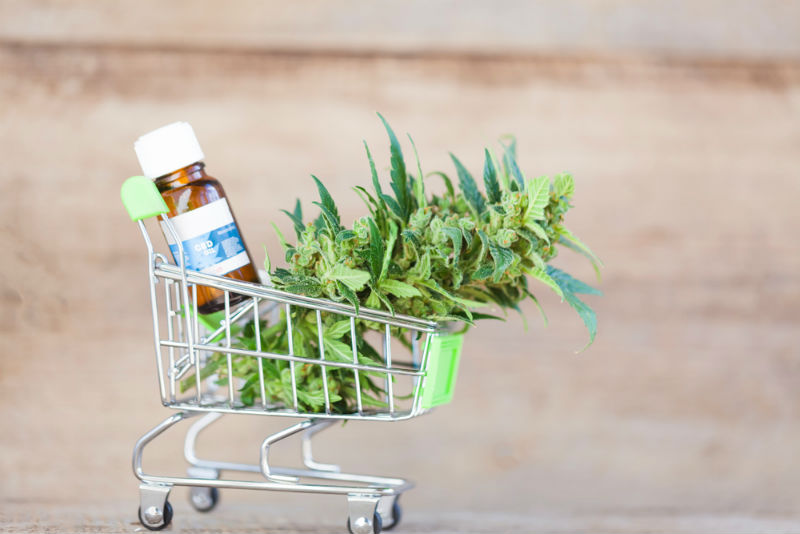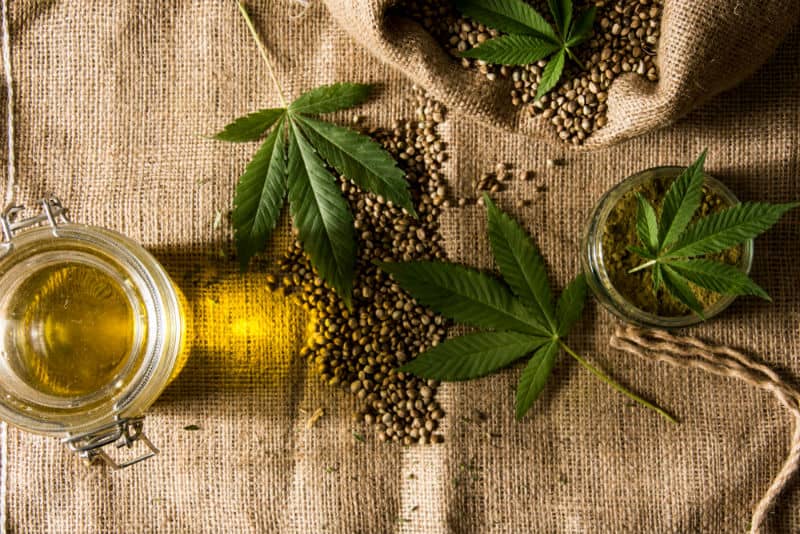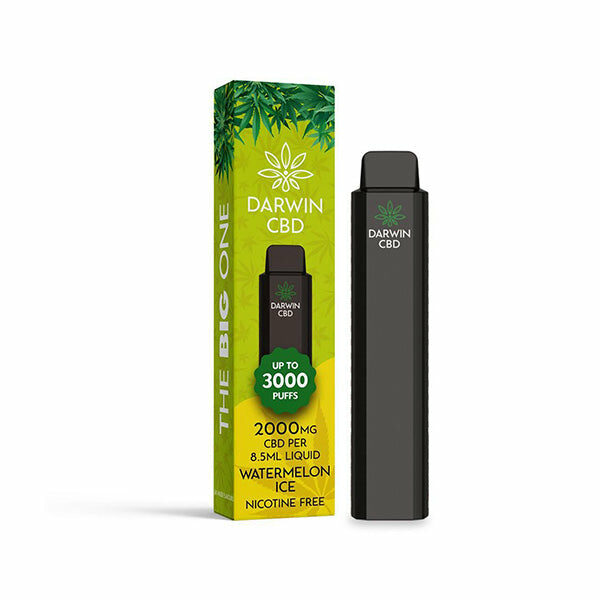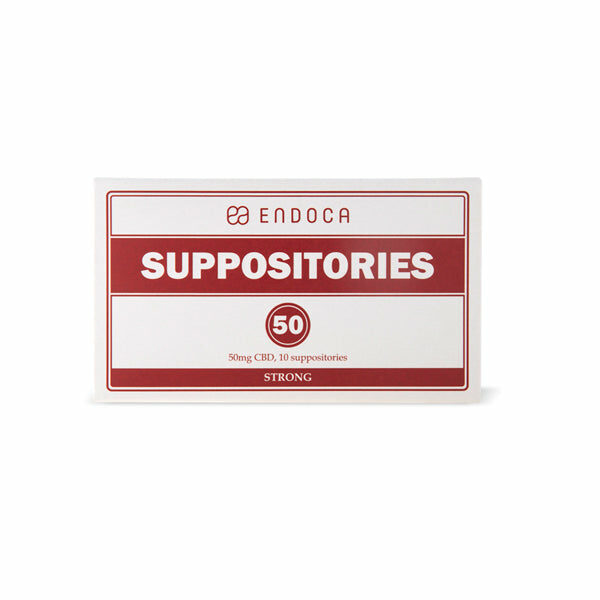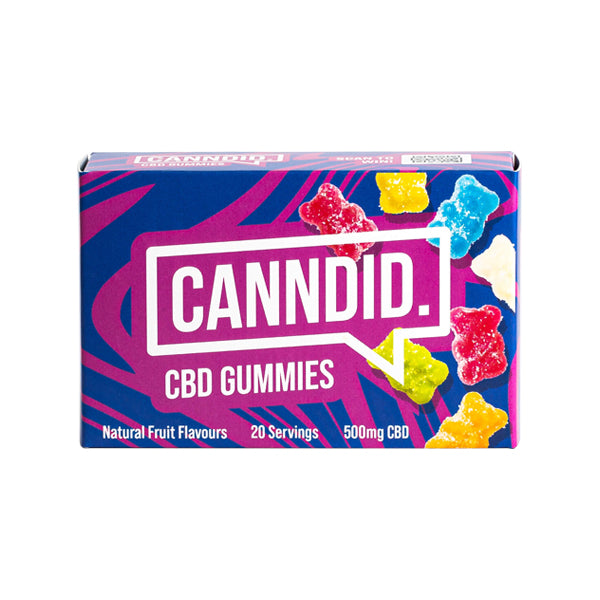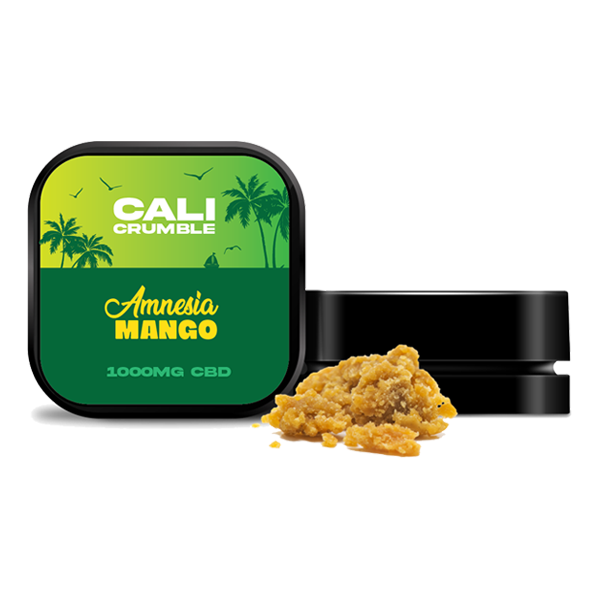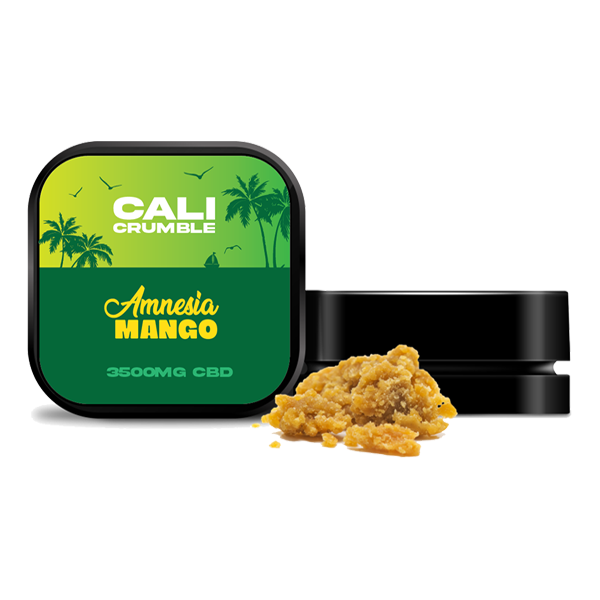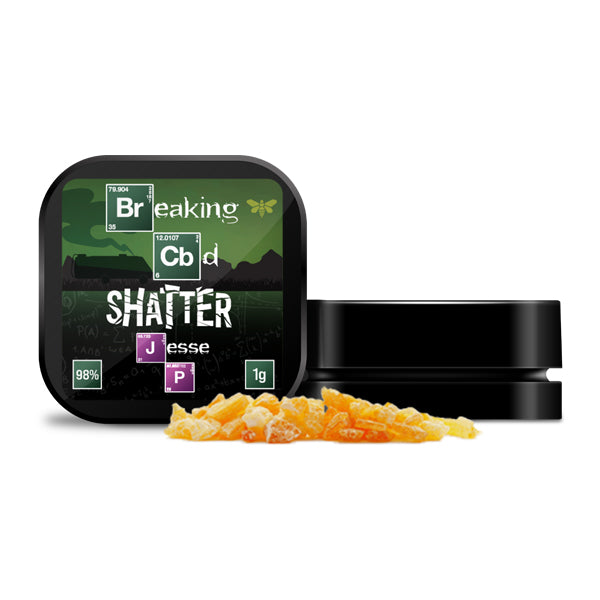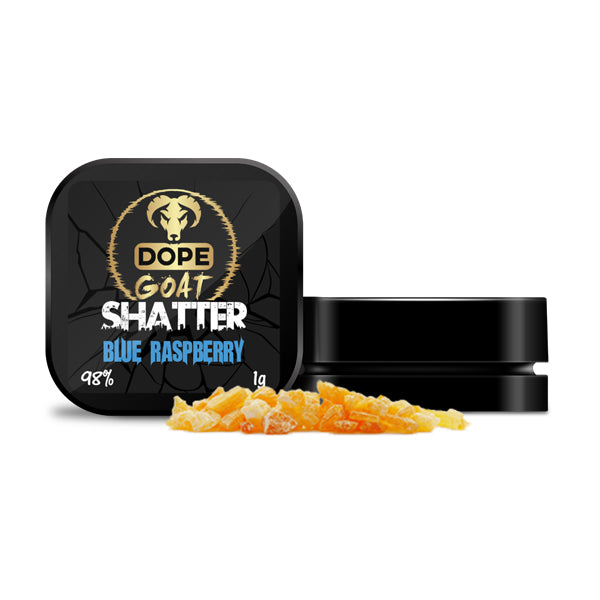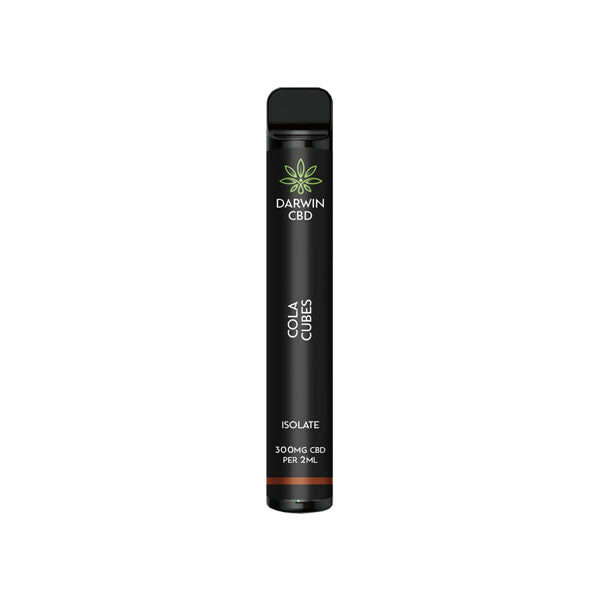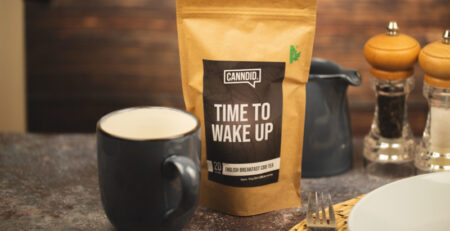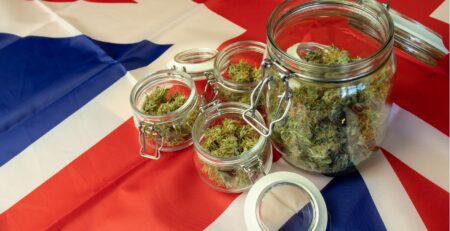The Journey Of CBD From Seed To Shelf
CBD – The Journey From Seed To Shelf
It is no secret that CBD comes from the infamous Cannabis Sativa plant, the potential panacea of the herb kingdom.
With an explosive 99% increase in CBD sales, in the first quarter of this year alone, it is obvious that more and more of the UK public are becoming CBD savvy.
A surge in sales of this magnitude will surely beckon a surge in questions from consumers, looking for reassurance that the CBD products they purchase are of the highest quality.
This article will equip you with the essential know how to be able to choose a high quality CBD product and know the tell-tale signs of inferior products.
So what exactly happens from when the seed is planted in the soil to when it lands in your basket?
How different can processes and procedures really be from one farmer to the next and one producer to another?
All things being equal shouldn’t all CBD be the same? Let find out.
The Farm
Cannabis Sativa or Industrial Hemp as it is more commonly called when grown for CBD, is one of the easiest, most resilient crops to grow.One of the reasons why it was first referred to as a weed.
Seed Selection
Years of breeding has resulted in thousands of hemp seed varieties available. A farmer can choose a specific seed (strain) and know in advance what percentage of each compound will be present in the plants at harvest time.
This has two main benefits:
- Ensures that the THC (psychoactive element) content is less than the legally required 0.2%
- Ability to grow a crop to meet a specific CBD product requirements.
Organic Hemp V Non Organic Hemp
Organically grown hemp is grown as nature intended, with sunlight and water. Non-organic hemp like the majority of our cheaper fruit and veg has the potential to have been grown with pesticides, herbicides, fertilizers etc. Like in our food isle, you will pay a premium for organic CBD products.
There are numerous Certified Organic labels in the UK and the EU. When in doubt, ask!
Indoor Versus Outdoor
Hemp is a fast growing (typically 120 days) seasonal plant that requires substantial sunlight yet surprisingly little water to grow.
Outdoor growth is the most environmentally-friendly option as it requires no external energy source but is limited to one or two grow cycles a year.
Indoor growing utilises LED lighting, temperature, air, and humidity control to mimic nature in a controlled environment. This affords it the advantage of year round growth to supply a demanding year round market.
There is a polarized, ongoing debate in the farming community in terms of which method is best and which final product is superior.
With no peer reviewed research to back either claim it is left to personal subjective opinions.
Certainly from an energy usage point of view, outdoor trumps indoor and this can swing it for some consumers.
https://www.cbdvillage.co.uk/learn/five-ways-using-hemp-can-help-save-the-planet
Where Exactly Is The CBD?
Once the hemp plant has grown to maturity, the entire plant is covered in tiny, hair like structures known as trichomes.
These resinous glands are most dense in the flowers (buds), and the leaves of the plant. Inside these crystalline structures are the compounds (ingredients) that will make their way into your favorite CBD product, They are:
- Phytocannabinoids (CBD, CBG, CBC, etc)
- Terpenes (Myrecine, Linalool, Pinene, etc)
- Flavonoids (Cannflavine, Vitexin etc)
CBD Full Spectrum – products will contain all the compounds.
CBD Isolate – will only contain CBD
CBD Broad Spectrum – will contain all the strain compounds bar THC
Extraction Methods Of CBD
There are numerous methods to extract CBD from the hemp plant. EU rules dictate that pressing (e.g cold pressing) is the only method allowed unless strict authorisation is granted from the EU for the other methods stated below.
Extraction Methods:
Butane Extraction (BHO) or Propane Extraction (PHO) is the most common method around the world. Butane or propane gas is passed through the plant material, extracting compounds, leaving only a safe, negligible (100 parts per million) residual trace of gas in the oil.
Supercritical Co2 Extraction is considered safer that BHO and PHO as it is non-toxic and non-combustible. Co2 (think of fizzy drinks) is put into a supercritical form in that it acts as a gas and a liquid simultaneously, and is passed through the plant material, then evaporated leaving only the oil. Set up costs are much higher and hence it is rarer to find.
Alcohol Extraction is another method that can be used. The plant is soaked in alcohol (usually ethanol). The plant material is removed,the liquid filtered and the alcohol is evaporated, leaving only the oil
Cold Press Extraction is where plant material is placed into a machine that has a large screw that is continually turning. This screw is applying pressure and crushing the plant material so that the oil is squeezed out of it.
How Is CBD Isolate Made?
Chromatography is a laboratory separation technique where the extracted oil is dissolved in a fluid and then passed through another material. There, the various compounds travel at different speeds in this mixture causing them to separate and be easily identified.
CBD & Carrier Oils
CBD oil is heavily dense and on its own would be incredibly difficult to dose. By adding it to another oil to “carry†it, making dosing easier, and bioavailability greater.
There are various oils used to “carry†the constituents of hemp including:
- MCT (Fractionated Coconut oil)
- Almond oil
- Hemp Seed Oil (The oil made from the SEED of the hemp plant which contains omega oils)
- Olive oil
- Palm oil
Different oils will of course bring with them distinct tastes and so this is very much a personal taste issue. There are of course environmental factors to be taken into consideration when it comes to palm oil and the destruction of the rainforests to grow them.
Certification & Lab Testing Of CBD Oil
When it comes to choosing CBD oil, this has to be top of the list. To ensure you are getting exactly what is on the label, it is imperative that you purchase from a supplier who has conducted third party testing on its products and has certificate analysis readily available for all products.
This way you can be certain that there is less than 0.2% of THC in a product or if choosing CBD Isolate, that it contains 0% THC.
Not only that, but like you can look at the back of a food item and view its ingredients, you want to be able to do the same thing with your CBD product, and know you can trust it!
Here is an example of reports from Swiss CBD manufacturer Cibdol.
Price Of CBD Oil
Why is CBD oil so expensive? The old saying “If it too good to be true, it probably isn’t†certainly rings true in the CBD world. In an ultra competitive market, prices are similar.
If you spot “an absolute bargainâ€, ask them questions before you buy. If they cannot provide you acceptable answers, then walk away!
In general, it is better to pay a little extra for a quality proven product, than a little less for an untested oil that could be a risk to your health.
[button title=”The Beginner’s Guide to CBD” link=”/learn/beginners-guide-to-everything-cbd” target=”” align=”” icon=”” icon_position=”” color=”#ffcc00″ background_color=”#ffcc00″ font_color=”” size=”2″ full_width=”” class=”button1″ download=”” rel=”” onclick=””][button title=”CBD Dosage Guide – How much should I take?” link=”/learn/cbd-dosage-how-much-should-you-take” target=”” align=”” icon=”” icon_position=”” color=”#ffcc00″ background_color=”#ffcc00″ font_color=”” size=”2″ full_width=”” class=”button1″ download=”” rel=”” onclick=””][button title=”The 10 best CBD Brands” link=”/cbd-oil-reviews/the-10-best-cbd-oil-brands-in-the-uk” target=”” align=”” icon=”” icon_position=”” color=”#ffcc00″ background_color=”#ffcc00″ font_color=”” size=”2″ full_width=”” class=”button1″ download=”” rel=”” onclick=””]

